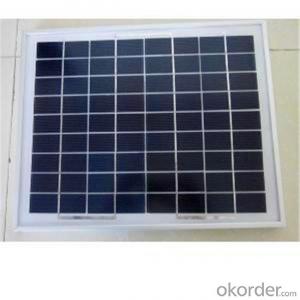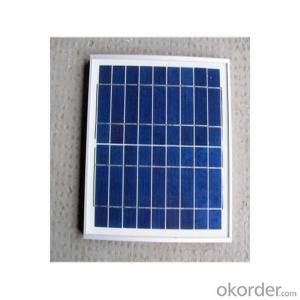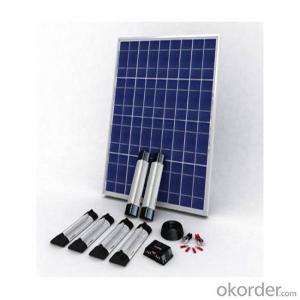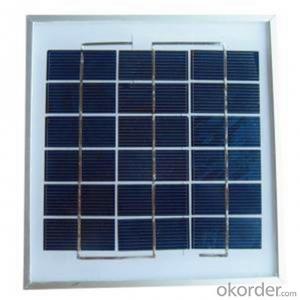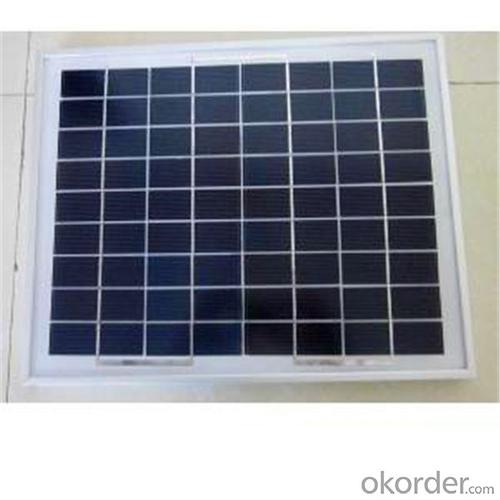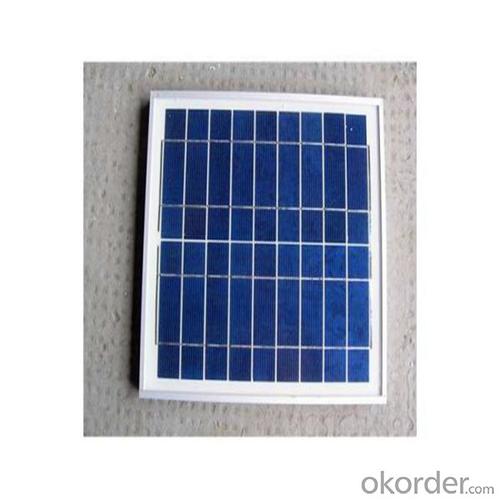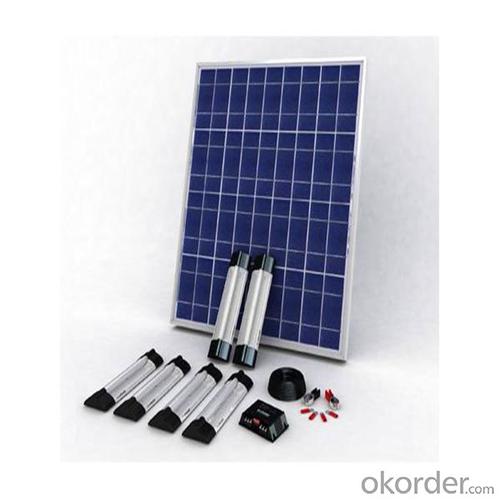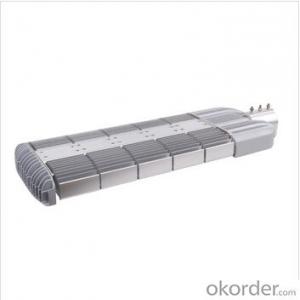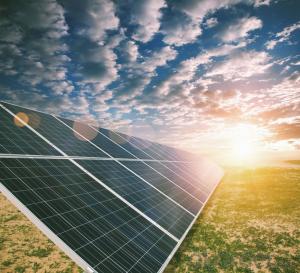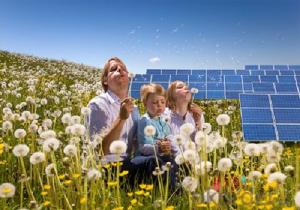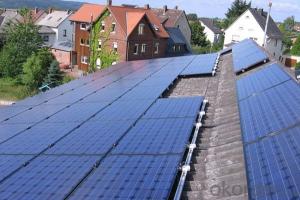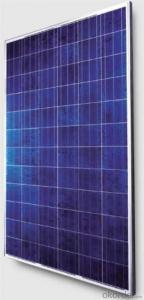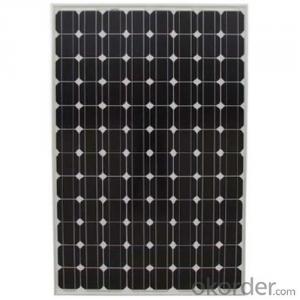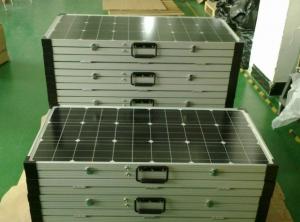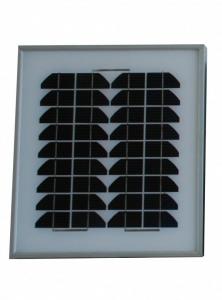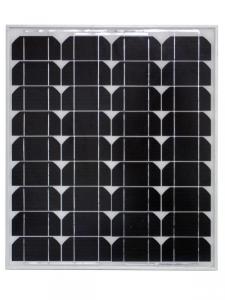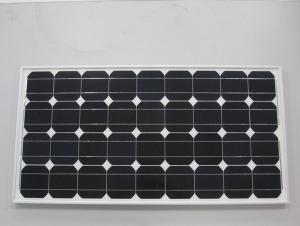20W Poly Standing Seam Roof Solar Panels
- Loading Port:
- Shanghai
- Payment Terms:
- TT OR LC
- Min Order Qty:
- 200 watt
- Supply Capability:
- 2000000 watt/month
OKorder Service Pledge
OKorder Financial Service
You Might Also Like
Specification
Poly Solar Panel Description
Photovoltaic modules (also called solar panels) are the core part of solar power systems, as well as the most important part of the solar system. Its role is to convert solar energy into electric energy, and sent to stored in batteries, or promote work load.
However, with the use of micro inverter, can be directly convert the current source of pv modules become approximately 40 v voltage source, can drive electrical application in our life.
Main Features of Poly Solar Panel
The production process
Step 1 monolithic welding: the battery slice welding interconnection (tin-plate copper belt), to prepare for the series of cell.
Step 2 series welding: the battery in series according to a certain number.
Step 3 laminated: would continue battery series circuit connection, at the same time with glass, EVA film, TPT back to guard the cell.
Step 4 laminated: the battery slice and glass, EVA film, TPT back at a certain temperature, pressure and vacuum conditions binding together.
Step 5 frame: glass with aluminum frame protection, and ease of installation.
Step 6: cleaning to ensure component appearance.The insulation of the
Step 7 performance test: test the component performance and power
Final step packaging warehousing.
Poly Solar Panel Images
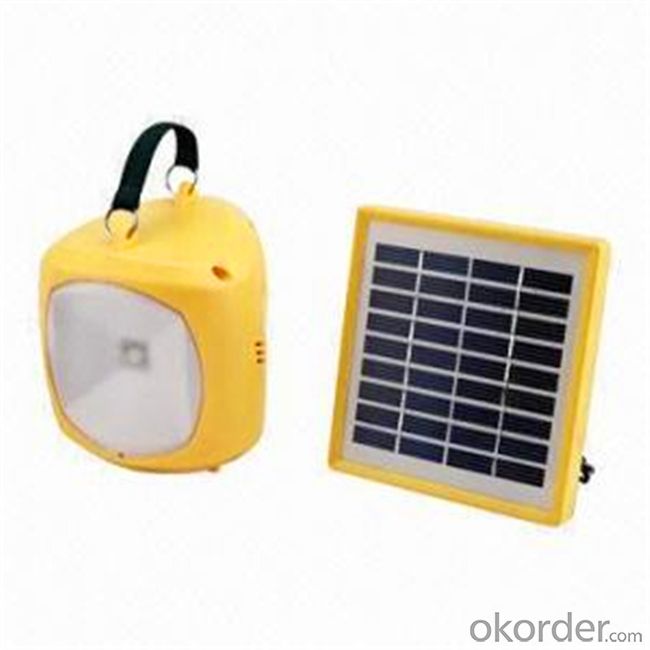
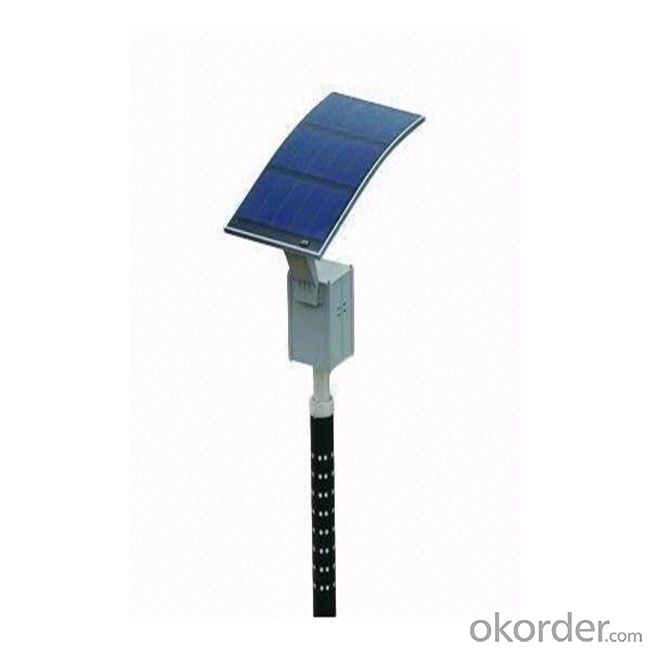
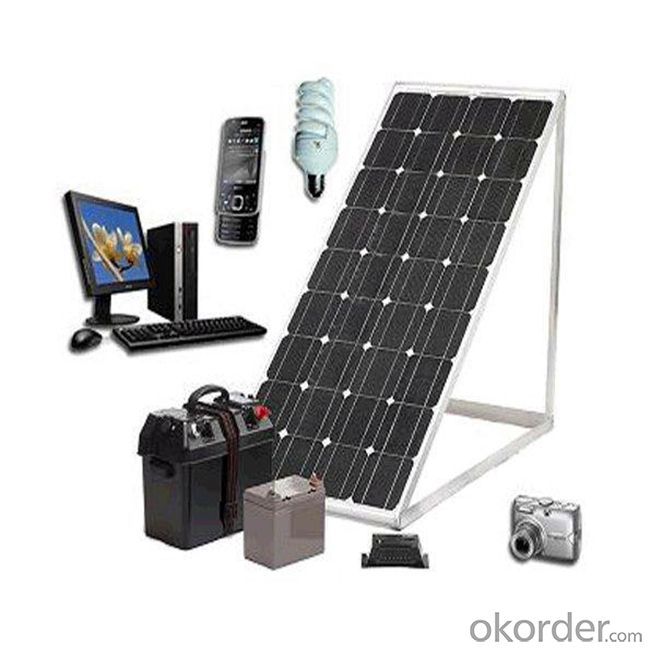
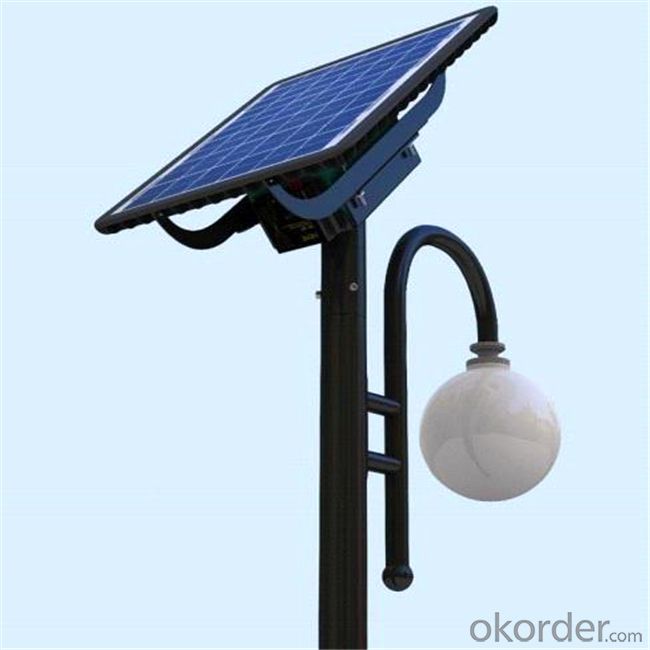
Poly Solar Panel Specification
Place of Origin: | China (Mainland) | Brand Name: | CNBMSolar | Model Number: | BSM20P-36 |
Material: | Polycrystalline Silicon | Size: | 505mm*353mm*28mm | Number of Cells: | 36cells |
Max. Power: | 20w | Front cover: | 3.2mm High Transmission,Low Iron | Frame: | Anodized aluminium alloy |
Frame Color: | Color Silverr,Black | Junction BOX: | lP65 Ralated/Past the TUV certificate | Connector: | MC4 compatible connector |
OEM Order: | acceptable | Certificate: | ISO9001/14001,CE/TUV/UL | Characteristic: | best seller ISO certificate cheaper solar panel with micro inverter |
High wind loading:: | 5400pa | Cable:: | 900mm PV Cable |
FAQ of Poly Solar Panel
Q:About installation cautions?
1 install solar photovoltaic power generation systems requires special skills and knowledge, must be finished by professional engineers.
Q:Requirements of installation personnel?
2 installation personnel to installation, operation and maintenance of photovoltaic components, make sure you fully understand the information in this installation manual, understand the risk of harm could occur during the installation.
Q:What are protective measures?
3 photovoltaic modules under sufficient sunlight or other light source illuminate the production of electricity. When should operate, please take the corresponding protective measures, to avoid people part with 30 v DC or direct contact with the higher voltage.
Q:How does it work?
4 solar photovoltaic modules can converts light energy into direct current (dc), the size of the battery will change as the change of light intensity.5 when components are current or with an external power supply, shall not be connected or disconnected components.
- Q: can a small solar panel be charged with lamps?
- Sure!...did you ever use a solar powered calculator indoors under a lamp?? It works just fine.
- Q: Can solar panels be installed on a sloped roof?
- Yes, solar panels can be installed on a sloped roof. In fact, many residential and commercial buildings with sloped roofs have successfully installed solar panels to generate renewable energy. The angle of the slope can affect the efficiency of the panels, but with proper installation and positioning, solar panels can still effectively harness sunlight and produce electricity.
- Q: How do solar panels impact the electrical grid?
- Solar panels impact the electrical grid by generating clean and renewable energy from sunlight. When connected to the grid, they can feed excess electricity back into the system, reducing the overall demand for fossil fuel-based power generation. This helps to lower greenhouse gas emissions and dependence on traditional power sources. However, the intermittent nature of solar power requires careful grid management and integration to ensure stability and reliability.
- Q: Can solar panels be installed in rural areas?
- Yes, solar panels can be installed in rural areas. In fact, rural areas are often ideal locations for solar panel installation due to the abundance of open space and sunlight. Solar energy can help provide electricity to remote communities, reducing their dependence on traditional power grids and improving energy access in those areas.
- Q: Can solar panels be installed on restaurants or hotels?
- Yes, solar panels can be installed on restaurants or hotels. In fact, many restaurants and hotels have been adopting solar energy as a sustainable and cost-effective solution to reduce their carbon footprint and electricity bills. Installing solar panels on rooftops or in parking lots can generate clean energy, helping these establishments become more environmentally friendly while also saving money on electricity expenses.
- Q: Which kit did you use?How easy was it to build? How much did it cost to build the panels?How many kw or watts does it produce?Any other info on the kit or panels you built would be helpful.Thanks!
- Firstly, forget about making your own PV panels, while you can (if your chemistry is up to it and the home lab well tooled up) make a small PV cell, the efficiency will suck and you will never make enough to produce a reasonable amount of power. What you can do is to build your own solar thermal system to produce hot water (solar thermal makes better sense then PV in most domestic situations anyway), black painted central heating radiators under perspex, rockwool behind, small pump running a water/glycol mix through a heat exchanger controlled by some trivial electronics... Job done. As long as you don't try to run too hot, you can get a hundred watts or so of heat per square meter from such a solar thermal plant. Regards, Dan.
- Q: Around this time here in Georgia we will begin to get some big storms with high winds. I have a solar panel on a mount that isn't all that sturdy and could be knocked over with any winds pretty much above 5mph. I can't put anything in the ground to do this. I used to have it mounted to the roof of a playground for the most sunlight, but because of the angle of the sun and the tree leaves, I have to have it on a quot;portablemount so I can move it throughout the day, and I can tell you one thing is certain, and that's that it isn't the most sturdy thing ever. I'll have it a little better next weekend but it'll still be able to easily blow in the wind. Should I just hang the panel along the wall during a storm then reconnect it to its base once it's over?I'm pretty good with wood, so any wood creations to help out with the thing would greatly help. Just please keep it on a low budget.
- Solar panels are a costly and significant investment. Therefore, protecting them from harm should be a top priority. Unfortunately, moisture and water are common ways for solar panels to become damaged or broken. Safekeeping solar panels from both of these threats is a simple, inexpensive procedure, and doing so might save the solar panel owner a bundle if carried out correctly Instructions : Set a thick strip of silicone between each cell when putting the solar panel together, in order to prevent moisture seepage. 2: Use Plexiglas instead of glass as the face of your solar panel. Plexiglas is less liable to break and therefore safe from hailstorms or accidents. 3: Glue adhesive silicone to each side of your solar panel(s), adding additional sealant and protection from water to your commodity. :)
- Q: I have some property off the grid and am looking to add solar power
- there are a large style of image voltaic panels accessible as we talk's. the project of the performance is the proccess of replacing, those cells use the photons of the solar to react with the ( Si compound contained in the cellular) because of the little ingredient that cellular's are literally a fragment of those capacity is switched over, undergo in recommendations that image voltaic cells are paper skinny and the rather situation of those cells are the voltage no longer the amps. A unmarried 3x6 inches image voltaic cells can produce 3.6 amps yet actually 0.5 volts.
- Q: If you buy everything you need for a grid-tied solar set up, can you install it yourself or is it required that a professional installs it?
- By an utility approved qualified individual. The utilities really hate it if their maintenance people working on the power lines gets electrocuted because some solar powered inverter didn't shut off when they shut the line off.
- Q: Can solar panels be used for camping or outdoor activities?
- Yes, solar panels can be used for camping or outdoor activities. Portable solar panels are designed specifically for such purposes and provide a convenient and eco-friendly way to generate electricity in remote locations. They can charge batteries or power devices directly, allowing campers to have access to electricity even when they are away from traditional power sources.
Send your message to us
20W Poly Standing Seam Roof Solar Panels
- Loading Port:
- Shanghai
- Payment Terms:
- TT OR LC
- Min Order Qty:
- 200 watt
- Supply Capability:
- 2000000 watt/month
OKorder Service Pledge
OKorder Financial Service
Similar products
Hot products
Hot Searches
Related keywords
